
Can You Stucco Over Brick? The Answer Might Surprise You
Torn between the classic charm of brick and the sleek allure of stucco? Homeowners often reach a crossroads when considering an exterior facelift, weighing the

Torn between the classic charm of brick and the sleek allure of stucco? Homeowners often reach a crossroads when considering an exterior facelift, weighing the
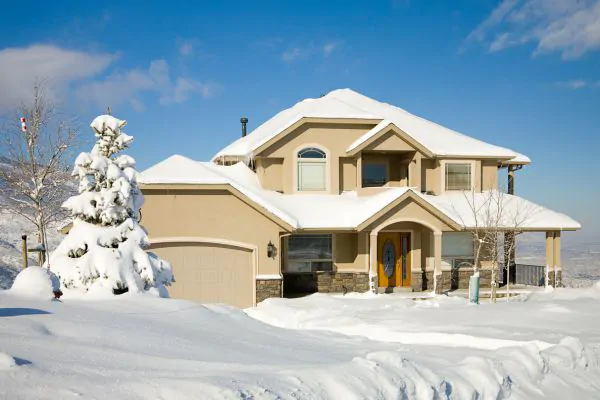
Many people think it’s unwise to stucco a house in the winter. And that’s usually the case. But it’s not an issue if your stucco
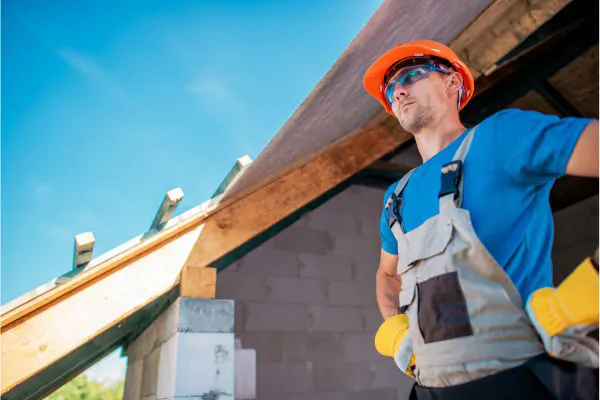
When it comes to safeguarding your home, few things are as crucial as a sturdy and reliable roof. However, ensuring that your roof is in
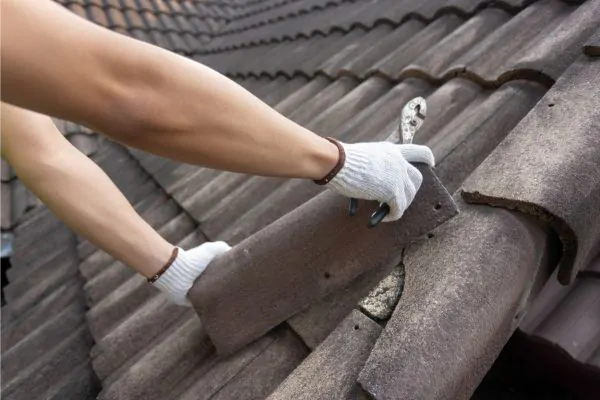
When it comes to your home’s most vital shield against the elements—the roof—the question of repair can often be a dilemma. As homeowners, we’re naturally
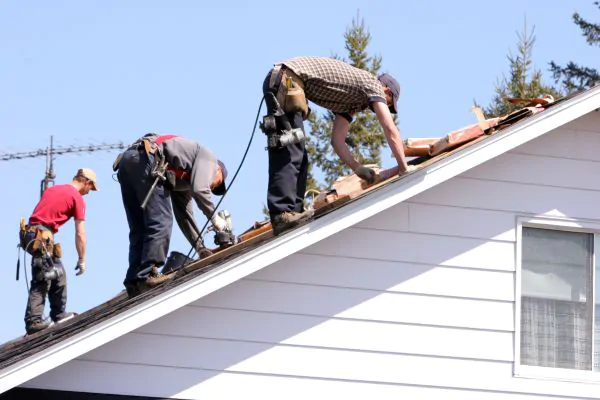
Introduction When it comes to roofing home improvement projects, finding a trustworthy and skilled residential roofer is crucial. Hiring a roofing contractor who is reliable

Stucco has long been a favored choice for exterior cladding due to its durability, versatility, and distinctive appearance. However, like any other building material, stucco
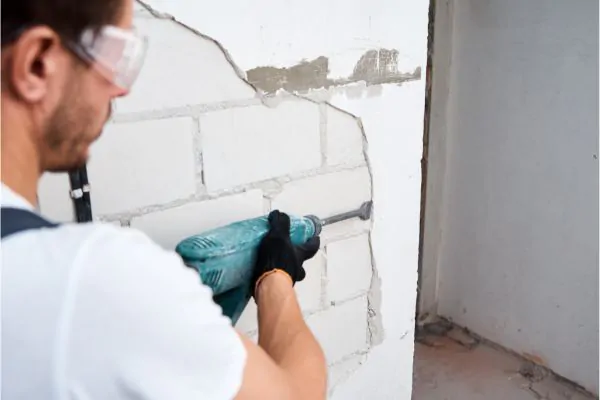
Stucco has been a popular choice for house exteriors in New Mexico for many years. The unique climate and culture of the state have contributed
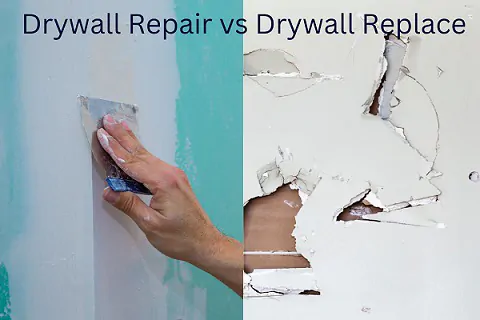
Keeping your home’s walls in tip-top shape is a must to ensure its attractive look. Over the years, many things can happen that might affect
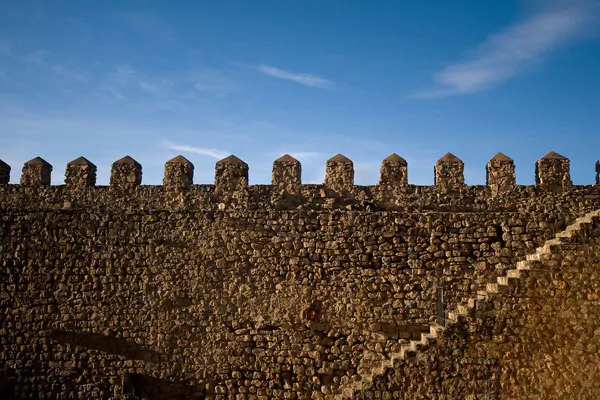
Parapet walls have played a great part in the history of architecture. They served as a safety barrier along the roof’s edge, preventing people from
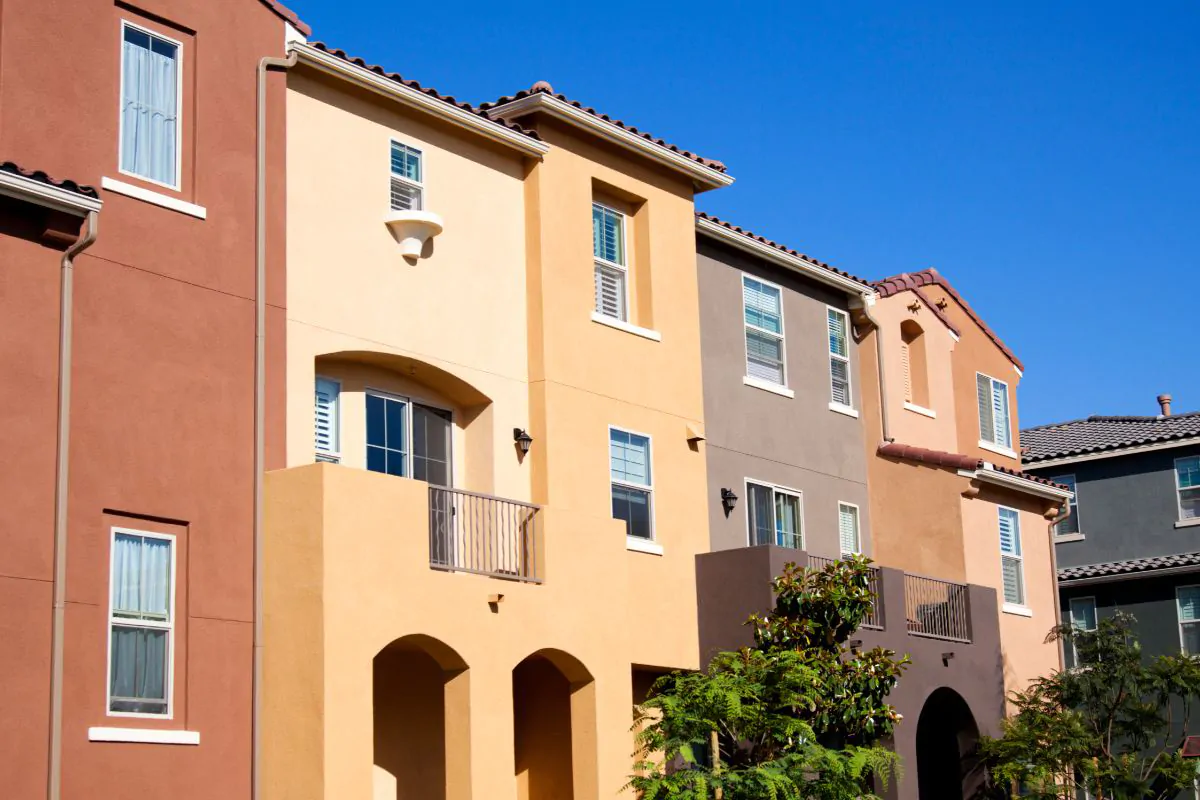
Stucco has long been a favorite material used for building homes. It’s often mistakenly compared to plaster because of its characteristics. However, stucco is a
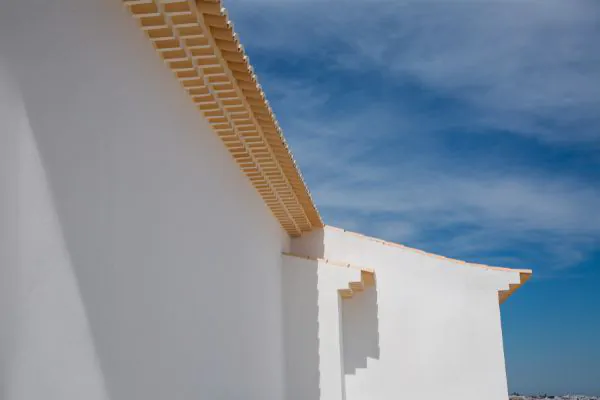
A stucco exterior can be a lovely addition to your home. It can, however, grow unattractive if left alone without adequate maintenance. Stucco Contractors Santa
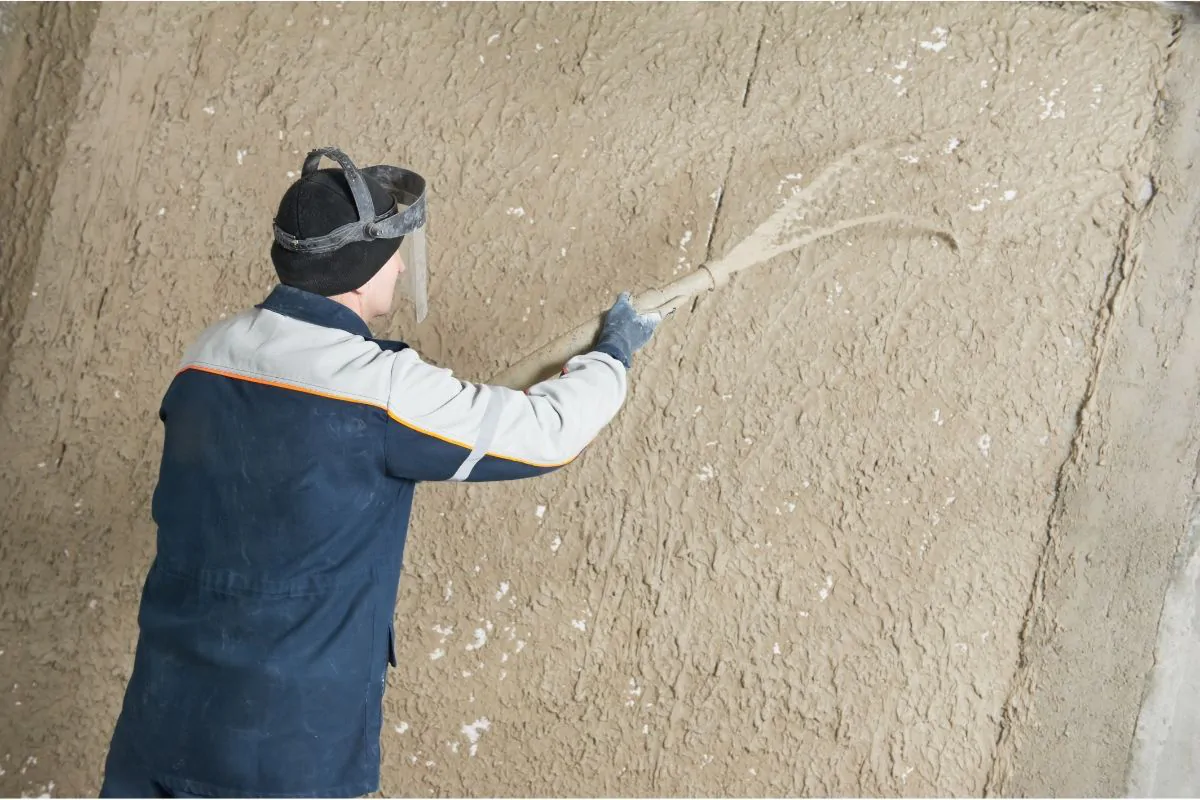
Many homeowners are caught between the use of plaster and drywall. If you have considered building new walls or adding one to your current residence,

Torn between the classic charm of brick and the sleek allure of stucco? Homeowners often reach a crossroads when considering an exterior facelift, weighing the

Many people think it’s unwise to stucco a house in the winter. And that’s usually the case. But it’s not an issue if your stucco

When it comes to safeguarding your home, few things are as crucial as a sturdy and reliable roof. However, ensuring that your roof is in
Stucco Contractors Santa Fe has been serving the Santa Fe area with quality stucco and plastering services for many years and continues to do so with the same standard of service that we always have.
© 2024 Stucco Contractors Santa Fe NM All rights reserved
Powered by Small Biz Drs LLC